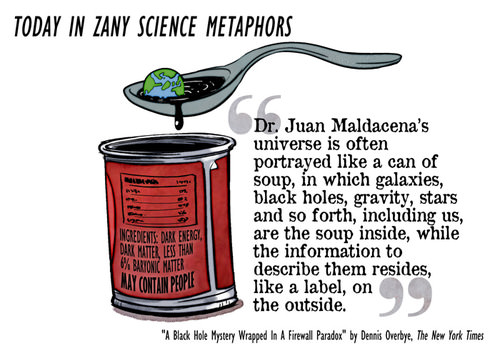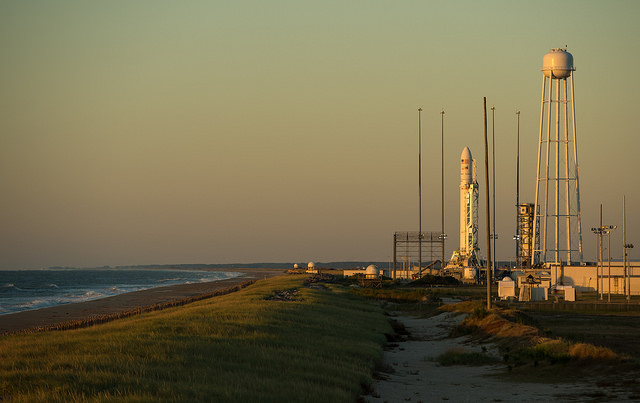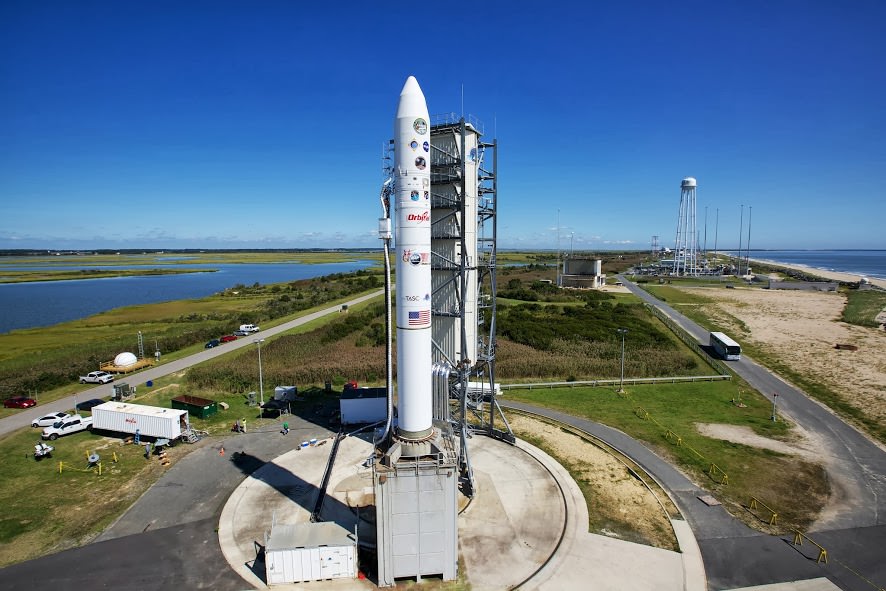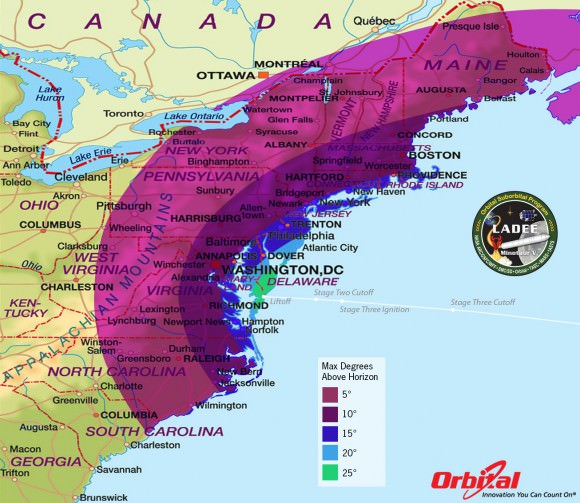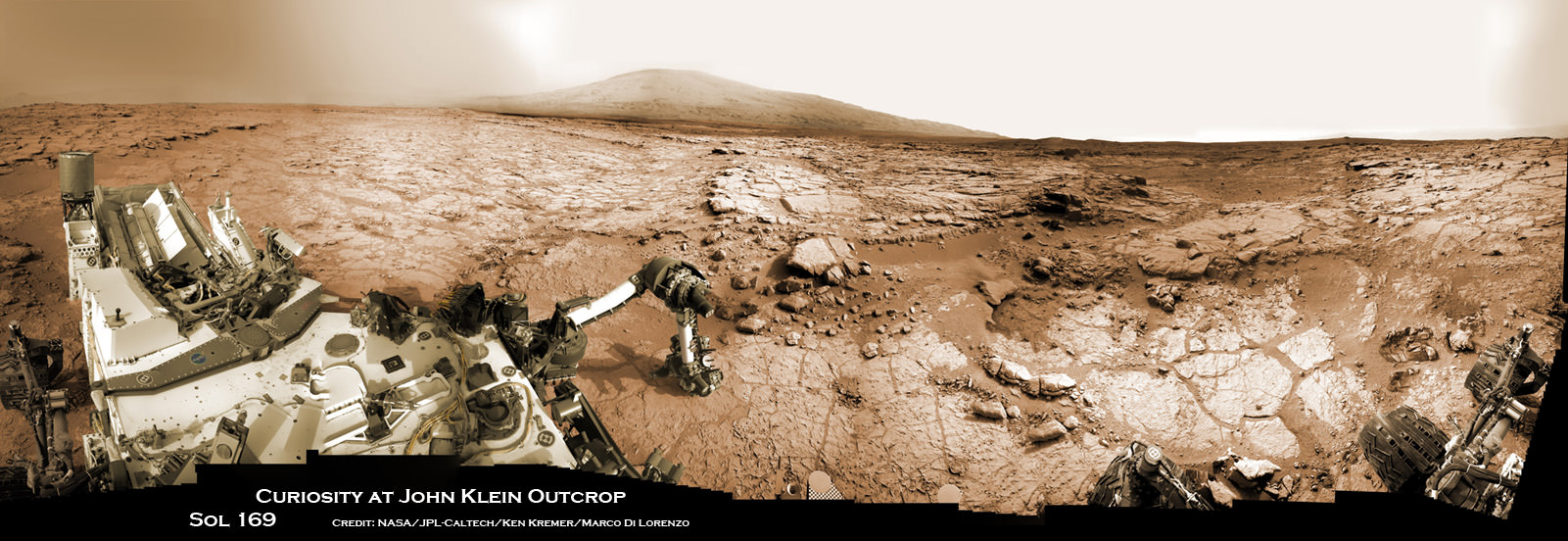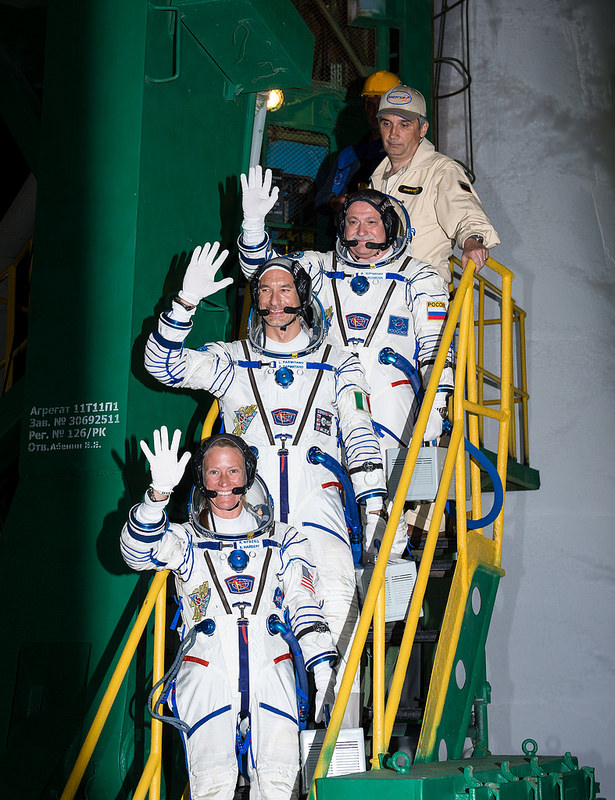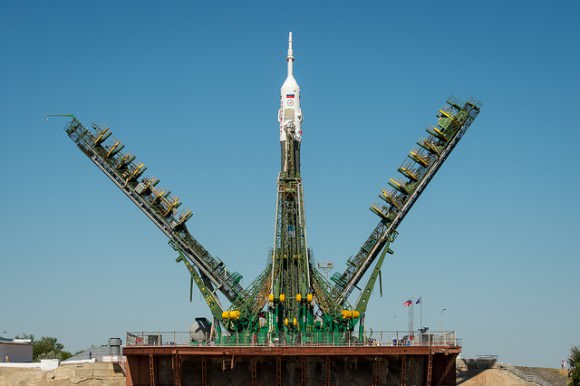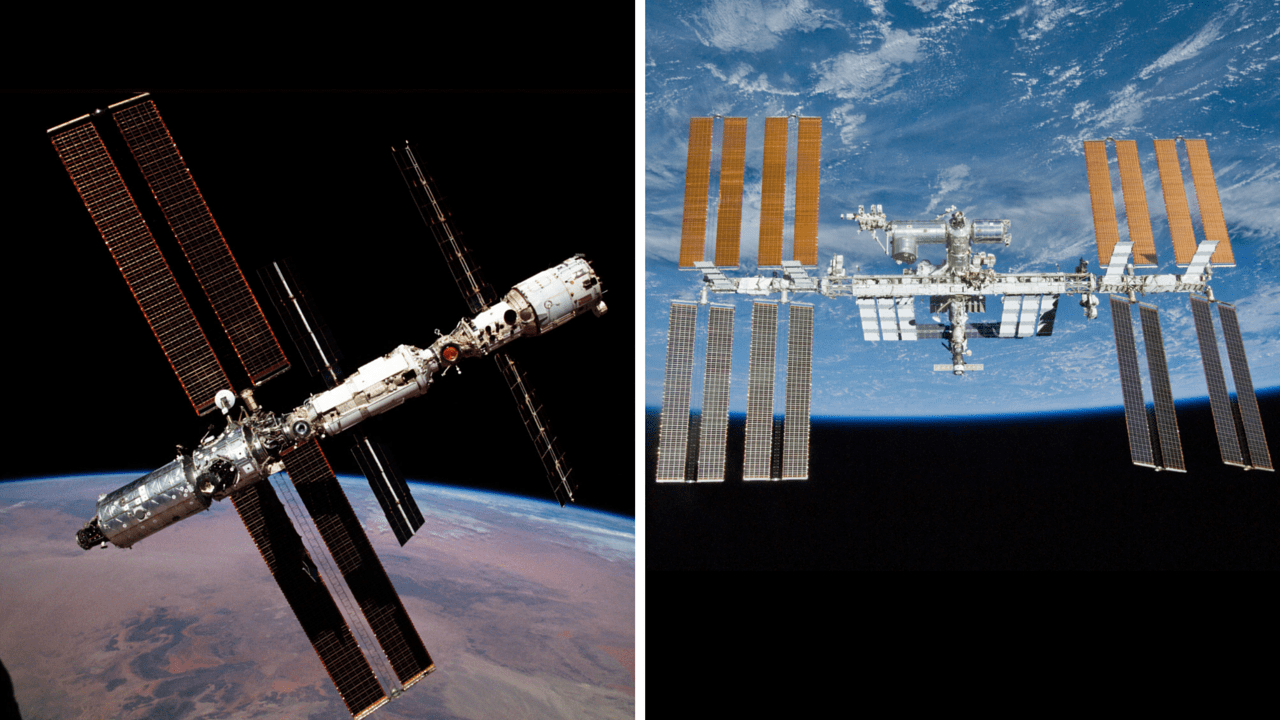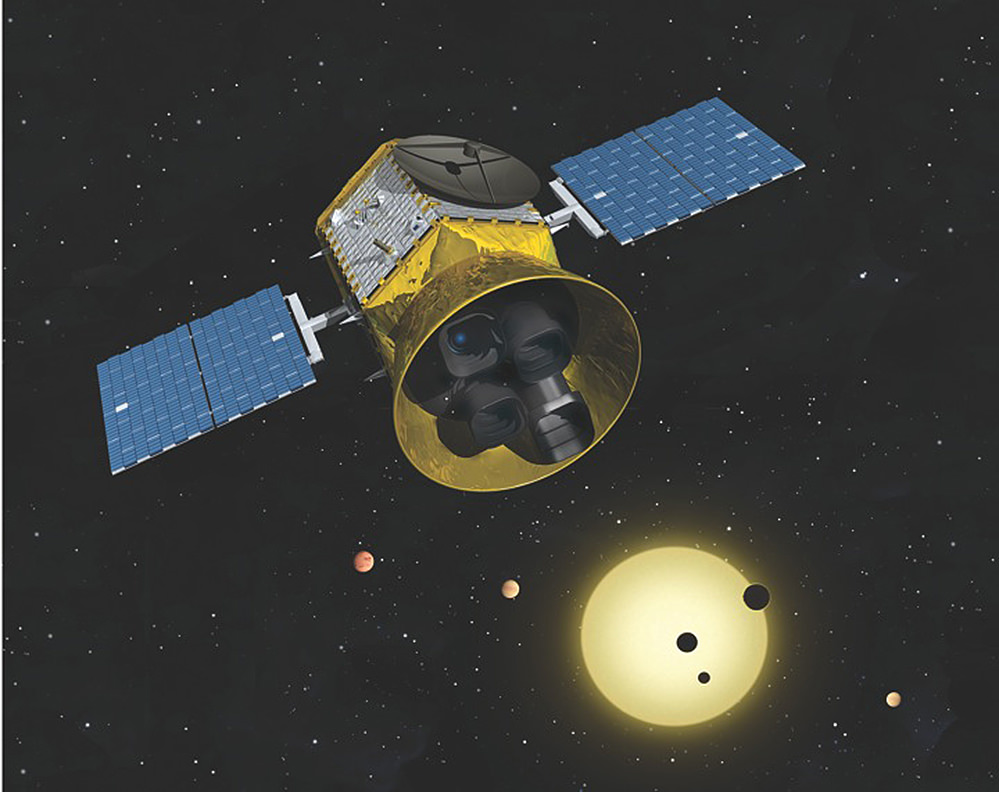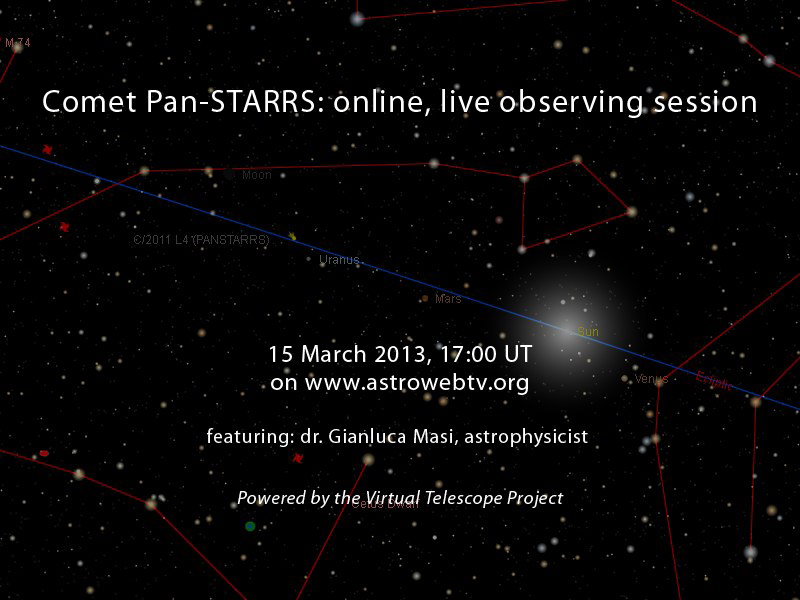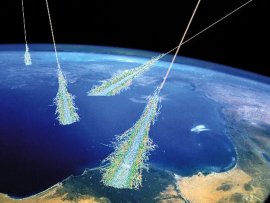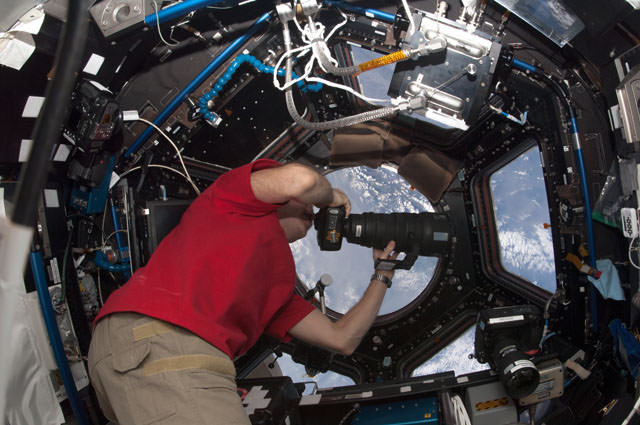What happens if you fall into a black hole? According to Einstein’s general theory of relativity, the fall would be uneventful, until at some point the force of gravity would rip you apart. But a new theory suggests a different fate — and if correct, could challenge our understanding of gravity and how the universe works. Join the folks from the Kavli Foundation today, September 25, at 19:00 UTC (3 pm EDT, Noon PDT) as they host a live discussion and Q & A session about the latest theories about matter entering a black hole, and how these ideas are prompting researchers to reconsider our understanding of gravity.
They’ll be discussing the “blackhole firewall paradox” that you may have been hearing about lately.
You can watch live below. To submit questions ahead of time or during the webcast, send an email to [email protected] or post on Twitter with hashtag #KavliLive.
This fun graphic above refers to the recent article written by Dennis Overbye of the New York Times, “A Black Hole Mystery Wrapped in a Firewall Paradox.” The graphic was done by illustrator Maki Naro, sent to us via the Txchnologist blog’s Zany Science Metaphors.
You can see more information about the webcast at the Kavli Foundation website.
The panelists for the discussion includes Raphael Bousso (U.C. Berkeley), Juan Maldacena (Princeton University), Joseph Polchinski (Kavli Institute for Theoretical Physics at U.C. Santa Barbara), and Leonard Susskind (Stanford University).

